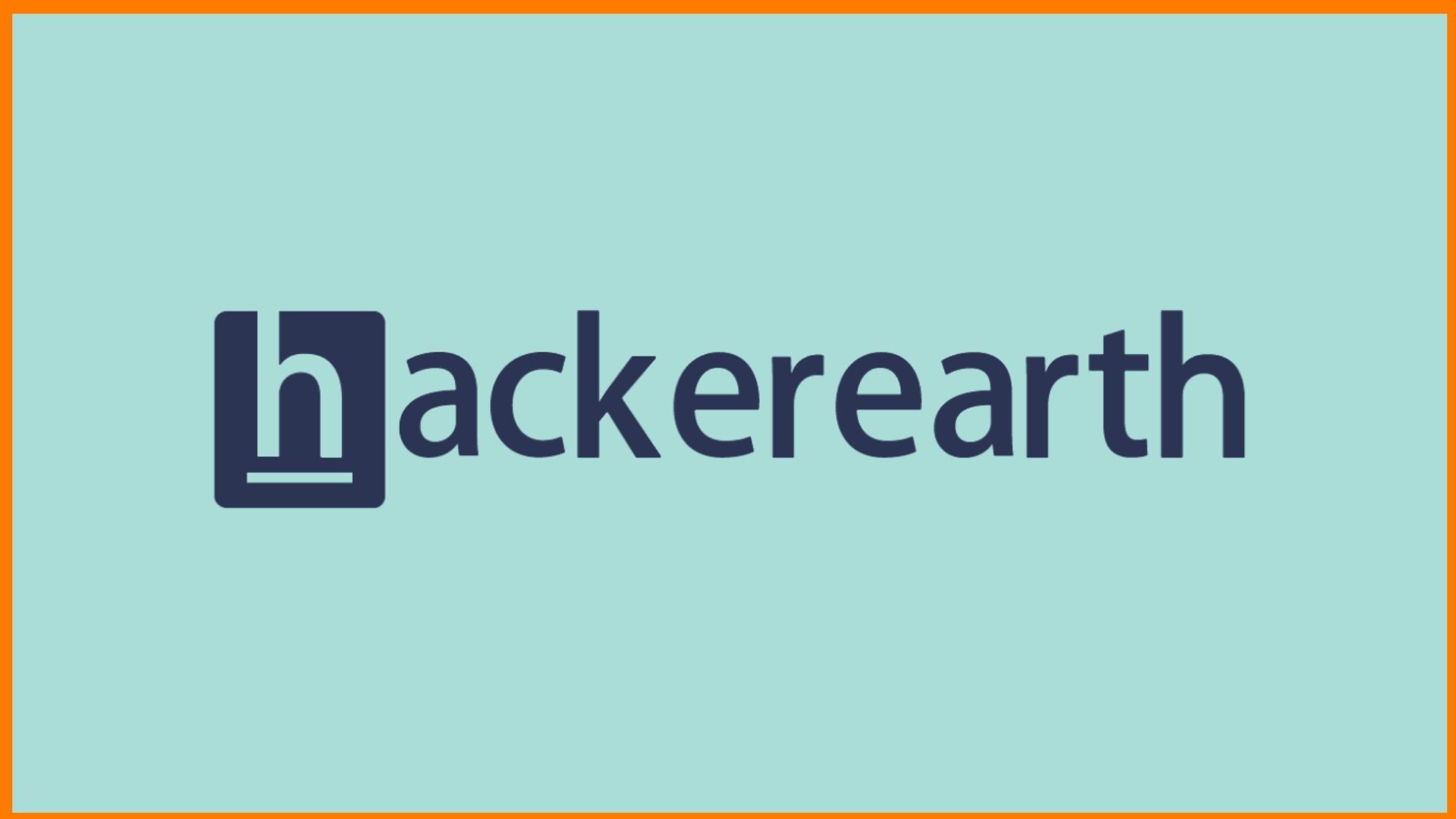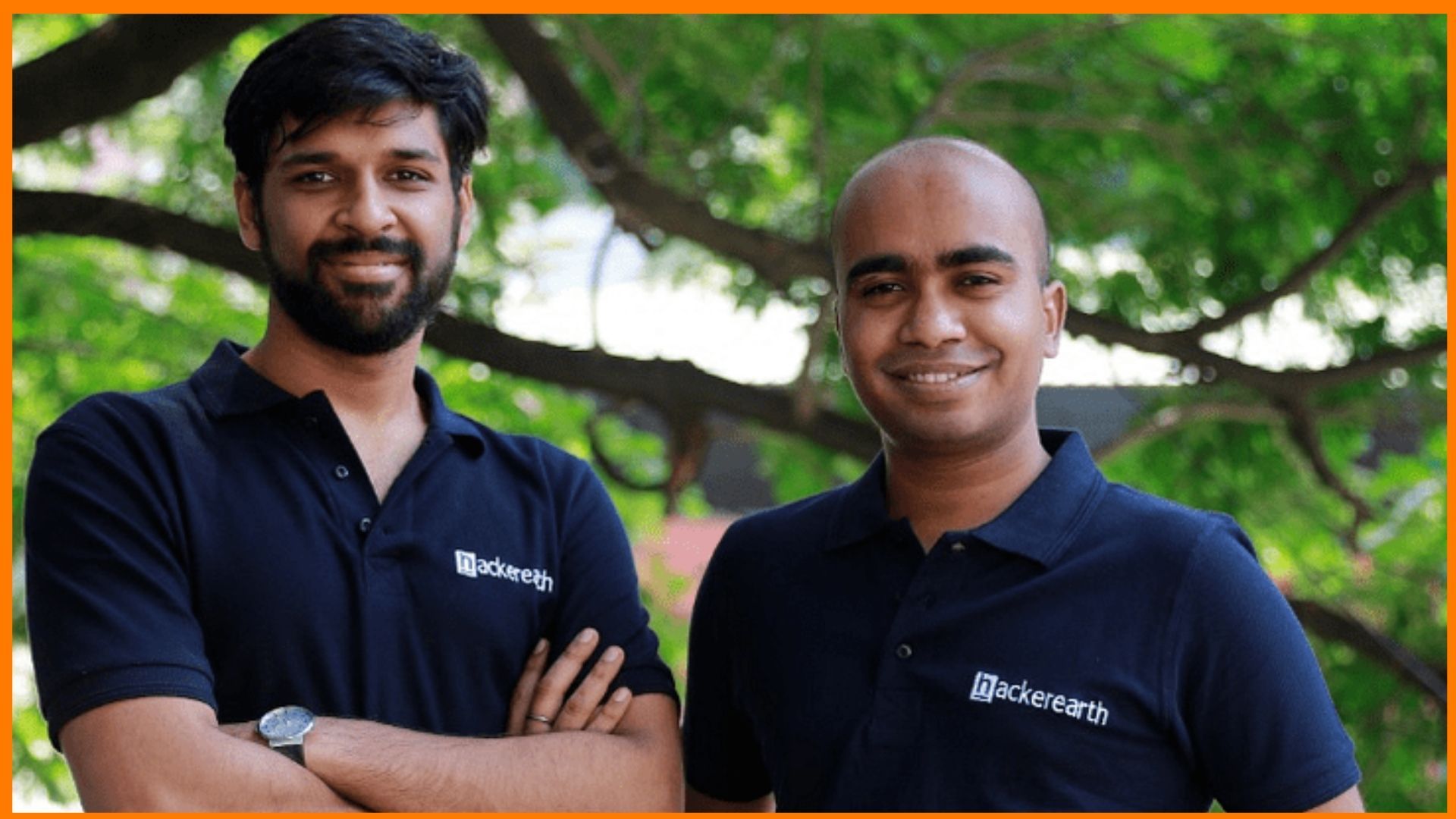The smartphone industry has seen tremendous growth in the last decade. This leap in the smartphone industry has led to a huge surge in the growth of mobile app development companies, especially from the United States. Looking at the decline of apps in the current market, many app development companies are taking the lead in providing services ranging from productivity app development to games and other services. The US is set to be one of the biggest digital hubs in the country.
It is a goldmine for those who want to create and develop a new application for their products and services. There are over 7000 different mobile app development companies within the United States solely dedicated to creating mobile applications. And with the US tech market flourishing at a rapid pace, one of these app development companies in the US is bound to meet your desired needs and requirements. The article will let you know about the best and most reliable mobile companies in the US as well as give you an idea about the app development market in the USA.
App Development Market in the USA
Why Should You Work With an Us-Based App Developer?
Top 10 App Development Companies in the USA
- Andresen Lab
- WillowTree
- Wunderman Thompson
- RightPoint
- Wizeline
- Sunrise Integration
- Zazz
- OrangeSoft
- Exadel
- Ace Infoway
App Development Market in the USA
The USA is currently one of the most lucrative markets for every tech enthusiast on the globe. Not only are Americans the leader in mobile app innovation, but American publishers have more than 190,000 apps on Google Play. In its natural consequence, the US tech market is healthy to the core.

The app development market in the US mainly leans towards San Francisco, Chicago, Los Angeles, and Boston. However, despite the above cities being major hubs for tech development, reports suggest that many app development companies and experts reside in smaller cities as well.
The growing use of smartphones eventually calls for expansion in mobile app development which is something that can be seen in the US market. With more and more people using smartphones every day, the US is at the forefront of improving innovation design to meet user needs.
Why Should You Work With an Us-Based App Developer?
Opportunities and expertise in the field of computer science and information technology (IT) are present in abundance across the United States. Depending on your needs and requirements, you can pair the two with the required set of skills and expertise and get yourself the right developer.
Companies that have worked with US-based developers in the past were able to ensure long-term success and sustainability in their workflow. Hiring a professional app development company allows you to be more efficient and time-saving.
But neither of the facts explains why should one work with a US-based app developer. Well, here are a few reasons for you to work with a US-based app development company.
- Working with a US-based app developer allows you to reach a wider base and target newer market segments
- Adds to the efficiency of business and leads to time-effective mobile app development.
- With a US-based app developer, you have access to a diverse set of skills and expertise.
- Continued app maintenance and support
- Team support is available 24/7
- Innovative Development
- Efficient Workflows
- Constant Project Monitoring
Smartphones are gradually being used to provide qualitative opportunities to the user, allowing industries to target a wider market segment and reach a new demographic without being physically present. As businesses are slowly transitioning to a digital landscape, people are also finding it easier to interact with products, services and others online rather than in person.
This is where the US app development market offers a great opportunity for businesses to acquire a new set of skills, maintain efficiency, and develop optimised apps to help retain existing customers while simultaneously reaching out to a new audience.
Not only is the US tech market expanding at some pace, but it is simultaneously bringing new experts of every variety into the limelight. All of this opens up the scope for new talent, each with its own unique selection of skills.
Top 10 App Development Companies in the USA
Given the number of developers in the USA, choosing the right developer with the required set of skills, expertise, and budget is never easy. To make the right decision, you need to spend hours and hours of research after the interview to find out and understand their skills.
This is where we come in. Instead of letting you comb through the long list of developers, we have shortlisted the top 10 app development companies to work for in the USA in 2023. All these app development companies and developers have offices in the USA. Furthermore, the 10 app development companies in the list are a mix of budget, skill, expertise, and other relevant factors required while developing mobile applications.
Andresen Lab
| Founder | Alexandr Khomich |
|---|---|
| Founded | 2007 |
Operating primarily within the US, Europe and the UK, Andersen Labs is one of the top software development companies with over 3000 developers, business analysts and QA engineers on its payroll. Started in 2007, the US-based company provides a full cycle of services to those looking to transform the business world by creating effective digital solutions through innovative use of technology.

Since 2007, the company has worked on over 800 projects and has a constantly growing client base. As a brand or a company looking to stay ahead of the curve, then Andersen lab has a wide range of services on offer such as
- Software Development
- Team Augmentation
- IT Constellation
- Interface Design
- DevOps
- Project Management
Over the years, Andersen Lab has handled numerous projects in the fields of finance, eLearning, travel and hospitality, supply chain management, healthcare, video and entertainment, real estate, telco, gambling, and more.
WillowTree
| Founder | Prichard and Tobias Dengel |
|---|---|
| Founded | 2009 |
Whether you’re a small business owner or run a personal brand, you’ll always need to stay ahead of the curve by finding ways to incorporate digital goods into your business. This is where you will find mobile apps that can give you a much-needed edge in the modern-day market.

Realising this need, WillowTree won several awards in the field of app development support and relevant expertise. From process to the end product, WillowTree will guide you through the digital strategy, design, development and growth of your application.
The company recently partnered with Fox Sports to create a mobile experience for every sports fan looking for up-to-the-minute content. Meanwhile, the company also helped HBO launch its first global OTT experience, which now has over 8 million live users across 8 countries.
Wunderman Thompson
| Founder | Lester Wunderman |
|---|---|
| Founded | 2018 |
Wunderman Thompson has been in the app-development business for many years. The company primarily operates as a creative agency that also provides consultancy services that help its clients find inspiration and provide excellent customer service.

This New-York based global marketing tech giant has now over 200 offices in 90 different markets around the world. Over the years, the company has delivered several high-profile applications for handsets, tablets, native development, and so on.
Not only does Wunderman Thompson provide engaging applications on mobiles, but it also engaged with its customers through numerous connected devices such as Apple TV, Fire/Android TV, Roku, Xbox, LG, Samsung TVs, and so on.
RightPoint
| Founder | Ross Freedman |
|---|---|
| Founded | 2007 |
RightPoint specializes in creating an impactful digital experience for its clients and customers pouring in every last ounce of insight, strategy, design and technology. Thanks to the company’s latest collaboration with Raizlabs, the company offers a deep foundation in designing and delivering mobile applications.

The company specialises in human-machine interface design. It provides multiple software solutions such as
- Customer Relationship Management (CRM)
- API Integration
- Shipping And Logistics
- iOS And Android App Development
As of now, Rightpoint has more than 250 Fortune 1,000 companies as their prospective clients with over 450 employees working in 10 offices spread across multiple destinations.
Wizeline
| Founder | Bismarck Lepe |
|---|---|
| Founded | 2014 |
Wizeline specialises as a global tech services provider, delivering high-quality digital products and an accelerated market platform. Over the years, the company has provided seamless, scalable and scalable digital marketing solutions that embed just the right technology, methodology and mindset.

Furthermore, the company’s technology is mainly focused on AI and machine learning which allows you to build a roadmap for the future.
Wizeline give you access to multiple software solutions like
- Software Development
- Team Augmentation
- Data Migration
- Product Strategy
With Wizeline’s network, you can improve your software delivery through DevOps and ensure comprehensive test coverage. With Wizeline, you get access to a host of QA-like solutions that help you analyze and optimize your data.
Sunrise Integration
| Founder | Coby Pfaff |
|---|---|
| Founded | 1999 |
The US tech market is growing at a tremendous pace, with new experts of every diversity and demographic being unveiled along the way. One like Sunrise Integration, a technology startup providing software development services to brands and companies for over 20 years.

Apart from businesses, the company is widely popular for its product software services for enterprise eCommerce, data mitigation, and developing mobile applications for businesses both big and small.
With Sunrise integration, you get access to multiple enterprise development software solutions like
- API Integration
- Software App Development
- E-Commerce Services
- Data Migration
- Data Integration
Apart from mobile app development, the company also specializes in complex data integration services and other workflow solutions that help streamline your business. The data integration experts at Sunrise Integrations have a deep focus on e-commerce, logistics, supply chain management, SaaS software, and more.
Zazz
| Founder | Ian Cruickshank |
|---|---|
| Founded | 2010 |
Zaaz is an American digital agency founded in 2009 and is at the forefront of software development and design innovation. The company takes great pride in adopting, iterating, and integrating the latest technologies as and when it evolves. Zazz can help your architect scale your vision.

The company is based in San Fransisco and is widely known for developing mobile applications for both iOS and Android with multi-platform frameworks. Zazz is one of the first American companies to specialise in app development by resorting to using contemporary technology such as React Native and Flutter.
With Zazz, you get access to a variety of services such as
- Product Strategy
- Prototyping
- Concept Development
- Product Design
- iOS And Android App Development
- SAP Development
- Fluter App Development
From nurturing your idea to the launch of your final product, Zazz is with you. Whether you’re looking to launch a new app for your brand or undergo a digital transformation, Zazz will facilitate all your projects from start to finish.
OrangeSoft
| Founder | Tatsiana Kerimova |
|---|---|
| Founded | 2011 |
Like most of the entries on our list, OrangeSoft is yet another software development company that offers a full cycle of services ranging from highly productive to cost-effective solutions across multiple domains. With Orangesoft, you get access to a number of web development services such as

- iOS And Android App Development
- Web Software Development
- User Interface Design
- UX Design
- Business Analytics
- Quality Assurance
- IoT Development
Since its launch in 2011, Orangesoft has worked on and delivered over 300 projects in mobile and web development. The company relies on the innovative use of technology to create mobile apps using over 100 developers, designers, analysts, and strategists on their payroll
Exadel
| Founder | Fima Katz |
|---|---|
| Founded | 1998 |
Exadel has been in the service of providing app development and software solutions to Fortune 500 companies for over 20 years. This global software engineering company has more than 20 offices in locations spread across the United States and Europe.

With Exadel, you can finally reach your company’s goal of undergoing a complete digital transformation with the help of Exadel’s technology which helps digitally mould your company both from the outside and inside.
With Exadel, you get access to a number of web development services such as
- Business Analytics
- Concept Development
- Product Design
- Quality Assurance
- IoT Development
Since the 90s, the company has been providing each of its customers with high-quality software with a wide range of services such as Product Engineering, Cloud Development, Mobile Development, QA, QA Automation, DevOps, etc.
Ace Infoway
| Founder | Amit Mehta |
|---|---|
| Founded | 1999 |
With teams in the US, UK, and India, Ace Infoway has been delivering a plethora of IT services and software development solutions. The company partnered with several remote development teams spanning over 50 web agencies and business industries.

Over the years, Ace Infoway has become the “go-to” technology partner for many groups who are interested in the company’s web and mobile applications, software, and product engineering services for MSMEs.
With Ace Infoway, you get access to multiple enterprise development software solutions like
- SaaS Programming
- Customer Relationship Management (CRM)
- ERP Data Exchange
- Shipping And Logistics
- User Experience Design
At Ace Infoway, you get access to a wide range of services such as website development, mobile app development, SaaS development, eCommerce development, web application development, and more.
Conclusion
A web presence is essential for every business owner in the 21st century. As a result, business owners are resorting to developing their own applications to stay ahead of the curve. Having an app of your own can bring huge benefits to your business. Looking at the tech market in the US, you can find many mobile app development companies that will have a process integrated with the latest technology followed by an innovative design to better meet your business needs.
FAQ
How many mobile app development companies are in the USA?
In the US market, there are more than 7000 mobile app development companies dedicated to building mobile apps for businesses.
How can I promote my app in the USA?
The following will help to promote your app
- Customer Research
- Influencer Marketing
- Leverage Your Website
- Email Marketing
- Create a Teaser Video
- Consider Alternative App Stores
- SEO
How much does it cost to build a mobile app in the US?
The tentative cost to build a mobile app is $40,000 to $150,000 and can exceed $300,000 in some cases.
How can one attract traffic to their apps?
The following can help to increase the traffic on any app
- Internet Reviews
- Start Blogging
- Optimize the App Store Page
- Use Social Media and Email Marketing
- Leverage Google Adwords
- Reach Out to Influencers
- Motivate Users to Make Referrals
When is the Best Time for a Company to Build an App?
Mobile apps can assist with sales growth, brand building, marketing and communications, data collection, and more. Businesses that need support in any of these areas would find apps very useful.






























